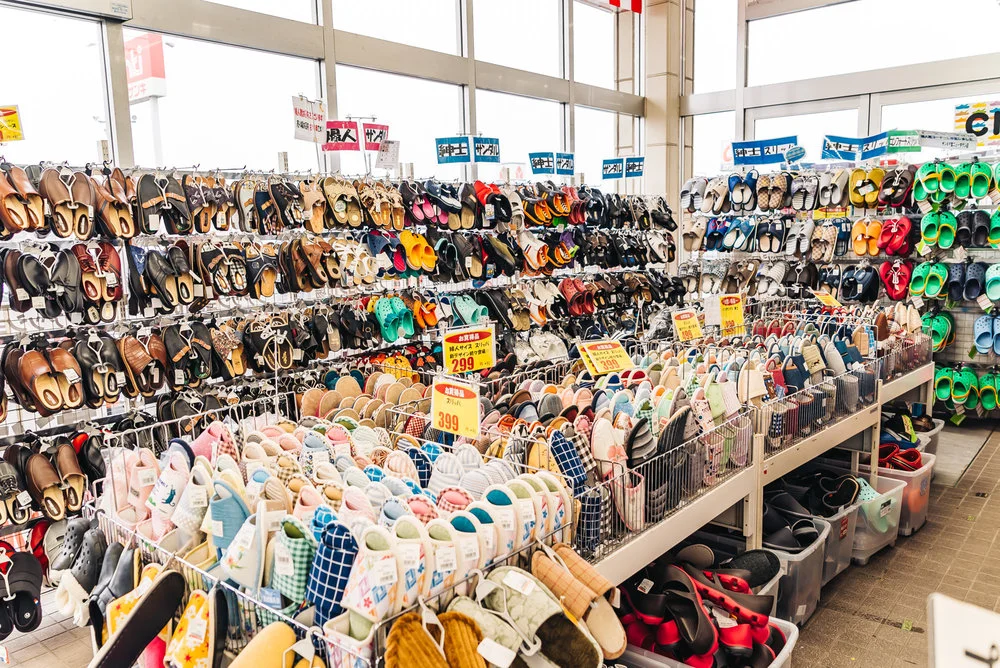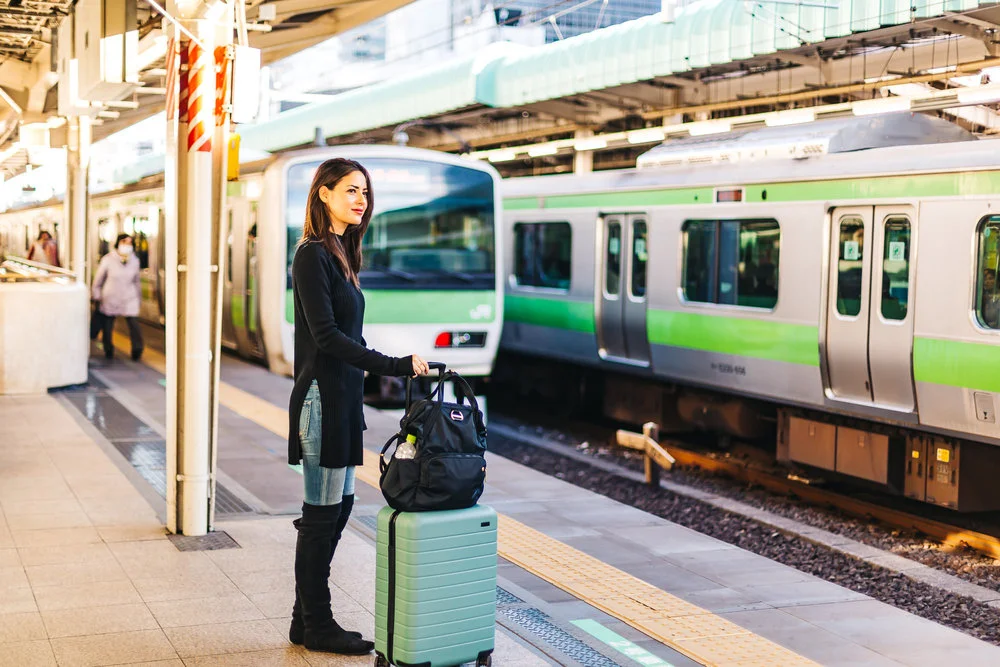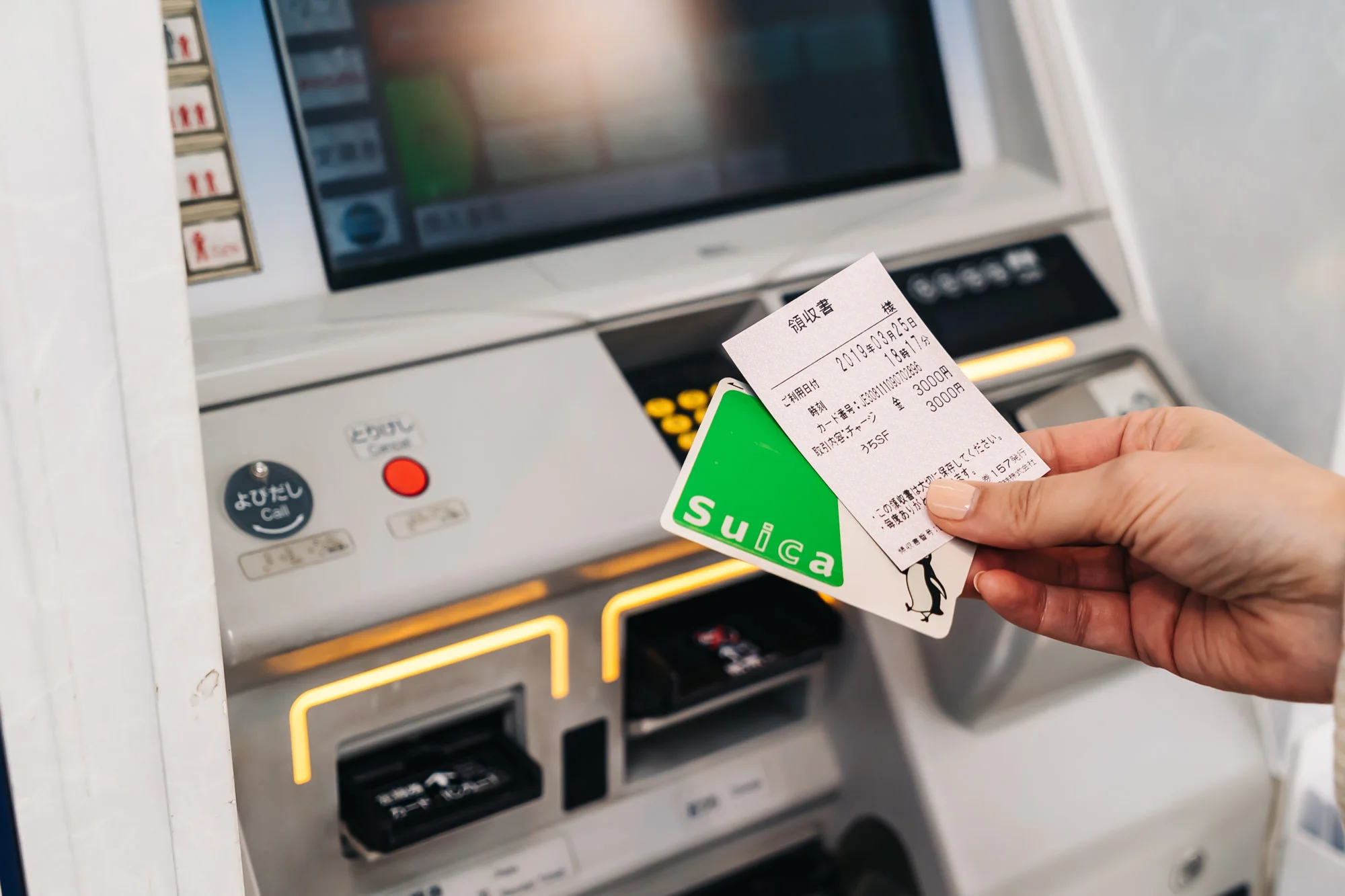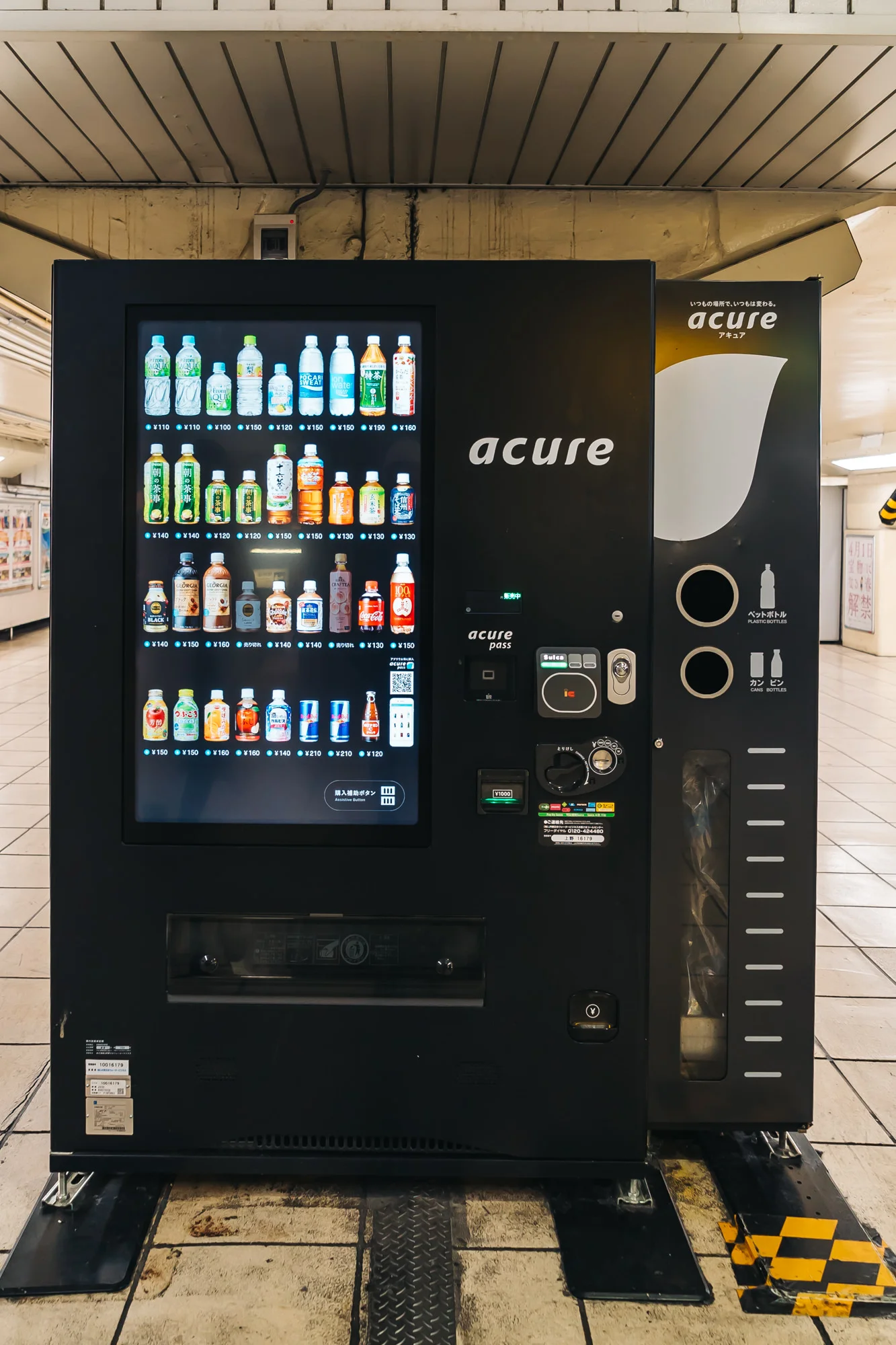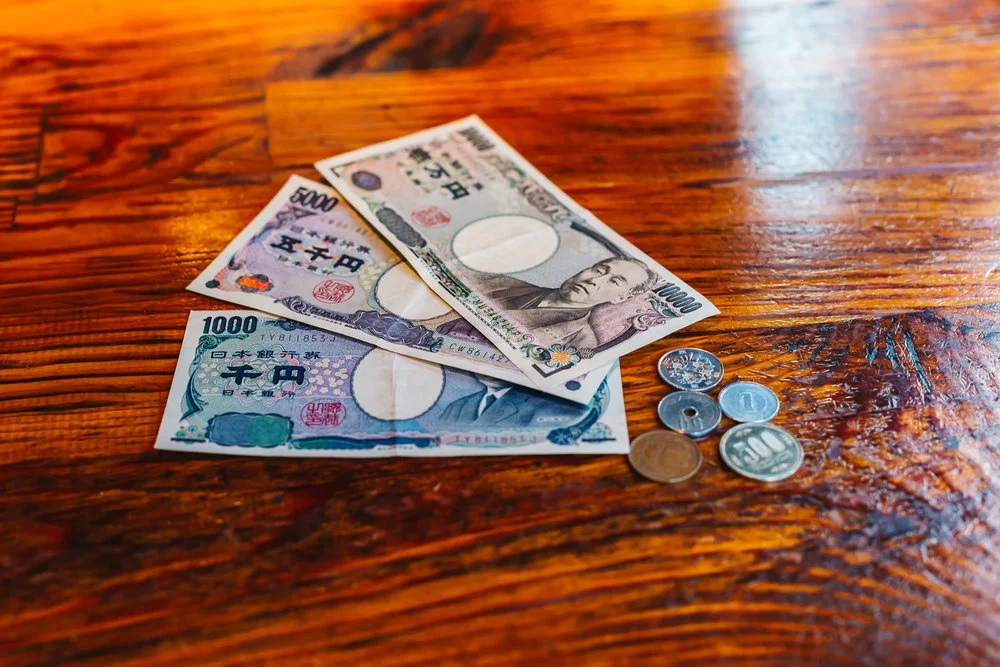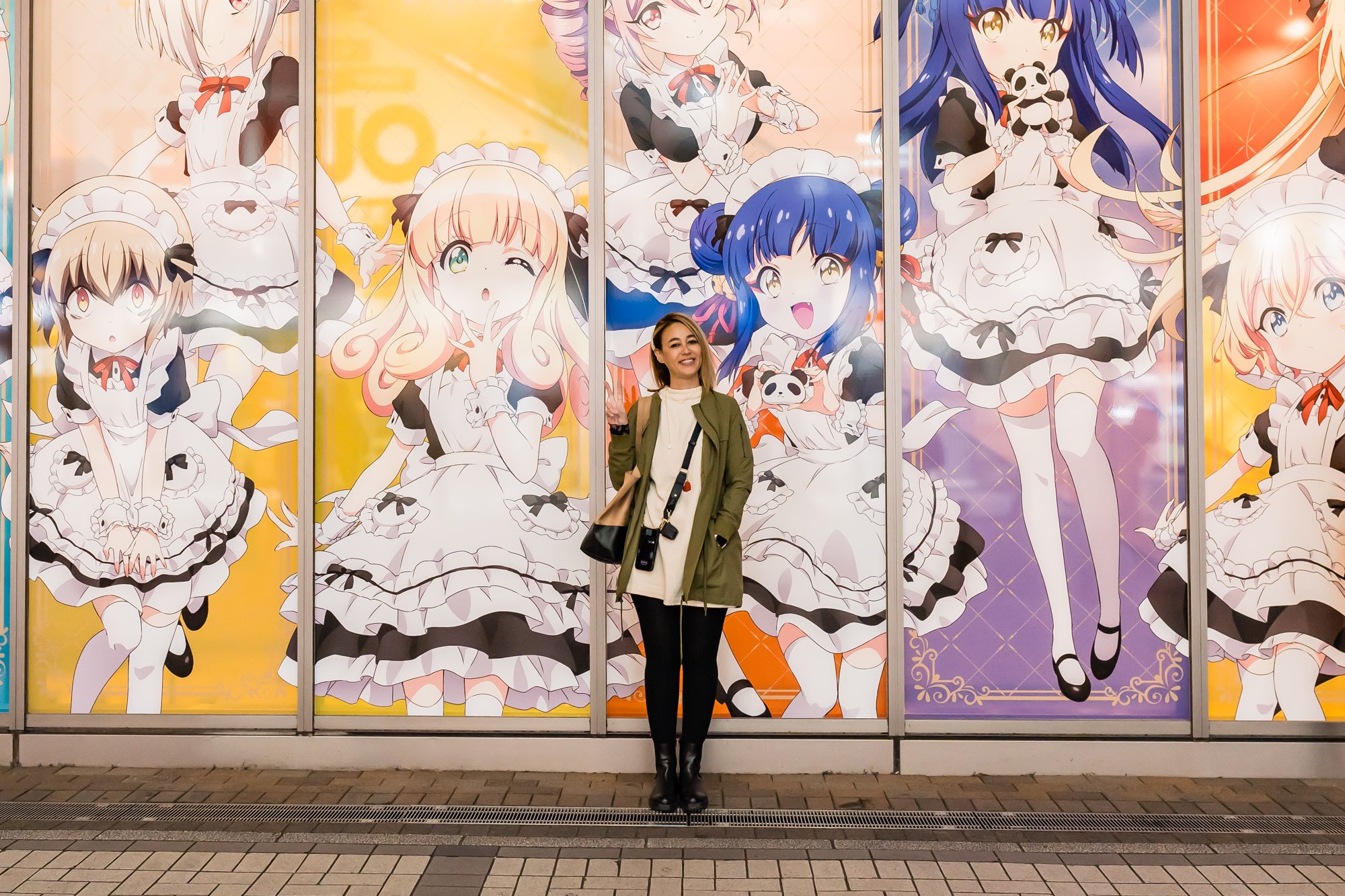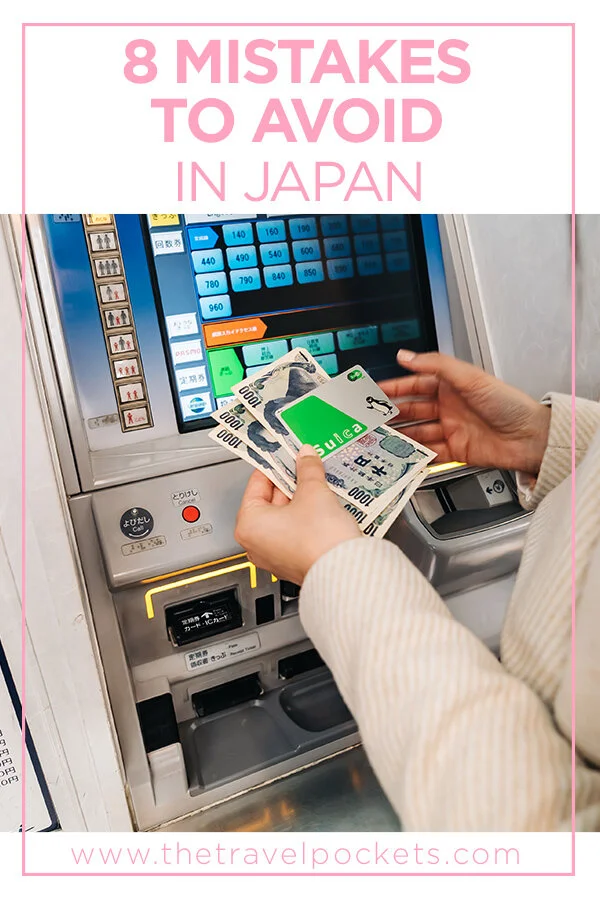8 Mistakes to Avoid on Your First Trip to Japan
/"This post contains affiliate links, which means that at no additional cost to you if you click on one of the product links, we may earn a commission."
Sometimes when we are traveling, we wonder if we are being rude by doing something that is completely fine in our own country but not in the one we are visiting. Since we grew up in two different cultures we get asked quite often some of the big differences we experienced living in Japan and the United States. When we were younger, we never really thought anything of these differences but now that we are older it’s much more apparent to us when we have friends who tell us about their experiences in Japan. It’s always interesting to hear some of the things they were surprised to learn, so we thought it would be a great idea to do a post and share some tips if you are a first-time visitor to Japan.
Shibuya, Japan
Mistakes to Avoid on Your First Trip to Japan…
1. Wearing Outdoor Shoes Indoors
Growing up in Japan, we are accustomed to not wearing shoes indoors. It was this way for as long as we can remember and it’s a huge no-no to even attempt to step foot in the house with your outdoor shoes. When you walk into a Japanese home, there is a genkan (玄関). It’s an entryway area which is sort of a combination of a porch and a doormat, but it’s indoors. This is where you remove your shoes before you step into the home. The home we grew up in is like this and pretty much any home in Japan is designed with a genkan. Many businesses (bars, dental offices, etc.) and even dressing rooms in Japan are designed with an area to place your shoes before stepping foot inside.
Sanki Discount Store. This entire section is dedicated to house slippers and outdoor slippers.
When you find yourself in this situation where you have to remove your shoes, you’ll typically see guest slippers. They don’t want their guests walking around barefoot, so there is always a pair of slippers waiting for you after you remove your shoes. Providing indoor slippers for your guests is very common, so don’t be surprised if your host provides you with a pair to slip on.
2. Assuming the Japan Rail Pass is Cost-Effective
While it’s true that these passes can make traveling in Japan convenient, they are not guaranteed to save you money. The JR Pass (Japan Rail Pass) can save you money depending on your itinerary. If you are staying in one location and utilizing some of the other lines, like the Keisei Line or the subway, having a JR Pass won’t do you much good.
Waiting for my train at Tokyo Station
We suggest creating a rough itinerary using Google Maps or HyperDia and be smart about your travel expenses. If you don’t end up getting the Japan Rail Pass, we highly recommend purchasing the Suica Card. What is a Suica Card? That is our next topic.
3. Using Your Suica Card Only for Transportation
My receipt for the balance I put on my Suica card.
A Suica card is a handy card to have when you are traveling in Japan. It’s a prepaid smart card that gives you access to ride most public transport (metro, trains, buses, monorail), but what a lot of people don’t realize is that this card can also be used for other things. You can use it to pay for drinks at vending machines (trust us, you’ll use vending machines a lot in Japan) or to purchase items from a convenience store, super markets, shopping centers, fast food chains, drug stores, coin lockers, and more. If you see the Suica sign, that means you can use it to pay for whatever it is you are trying to purchase. It’s super convenient and much easier than carrying around cash and coins (Japanese coins are quite heavy and large).
touch screen vending machine
crystal buying snacks at the grocery store
Still confused about Japanese traditions? You’ll love our post on 5 Ways to Humiliate Yourself in Japan.
4. Waiting For Your Server to Close Out Your Bill
You just finished your delicious meal and now you just need your server to ring up your check; however, in Japan, most establishments don’t follow this custom. Typically, after everyone has received their meal, the server will leave the check at your table. Then after you are done eating, you go to the front register to pay for your bill. We actually like this approach better since we hate having to get the server’s attention just to pay the bill (especially when you are in a hurry).
paying for our meal at a sushi restaurant
Paying at the register at an Udon Restaurant
5. Assuming Most Places Accept Credit Cards
For a country known for advanced technology, there are a surprising number of places that operate as cash-only. Japan has a very large aging population who still prefer to use cash over credit and counterfeit money isn’t an issue, which is a couple of reasons why Japan lags behind other industrialized countries. There will be plenty of small little shops you are going to want to shop at (or eat at) and many of them won’t accept your credit cards. Make sure to carry cash so you don’t miss out on something you really wanted to have or try.
Tōshō-ji Sogoreido (宗吾霊堂) in Narita, Japan
6. Forgetting to Shower Before you Jump in the Bathtub
If you aren’t staying at a hotel with a Western style shower and tub, you’ll quickly learn that the bathing ritual in Japan is a little different. The tub is located in the same room as the shower where the entire space is utilized as an all-in-one bathing area. It sounds a little confusing if you’ve never taken a bath the Japanese way, but just remember to shower first before you jump in the tub. The same rule applies if you are going to an onsen (hot spring). The house we grew up in was a Japanese style bath, so everyone used the same bath water as it’s only used to sit and soak in. Japanese bathtubs are super high-tech and designed with control panels and intercoms with reheating functions. It sounds like a luxurious item for the rich, but it’s actually a very standard household item like a microwave that’s been around for ages.
Oedo Onsen in Odaiba, Japan
Visiting Japan in the winter? Check out our post on 7 Winter Essentials for Japan.
7. Placing Money In The Cashier’s Hand
When you make your way to a register in Japan, you’ll notice a tray on the counter. This is where you place your money. It’s considered a little rude if you disregard the tray and decide to just toss your money on the counter or odd if you try to place the money in the cashier’s hand. If you see a tray, utilize it.
Japanese Yen
It’s a great system because the cashier will hand your change before he/she takes the money from the tray. If you think there is a discrepancy, the evidence is sitting right there. In high school, I worked at McDonalds in the Narita International Airport and this was actually something I was taught when I was in training. They were very thorough with cashier training, so much so, that the manager paid close attention to the new trainees at the register.
8. Asking For Substitutions Or Customizing Your Meal
Have-it-your-way really isn’t the mentality in Japan, so when you start asking for substitutions don’t be surprised if they say no or give you a blank stare (yes, this has happened). Japanese restaurants rarely cater to special requests, but don’t fret. There are plenty of dishes in Japan that offer options to add in your favorite items. For example, our favorite Udon restaurant lets us build our own bowl of noodle soup.
Crystal selecting her own ingredients for her udon soup
Hopefully our tips are useful and if you need any tips on how to prepare for you trip to Japan or need itineraries, check out the posts below:



